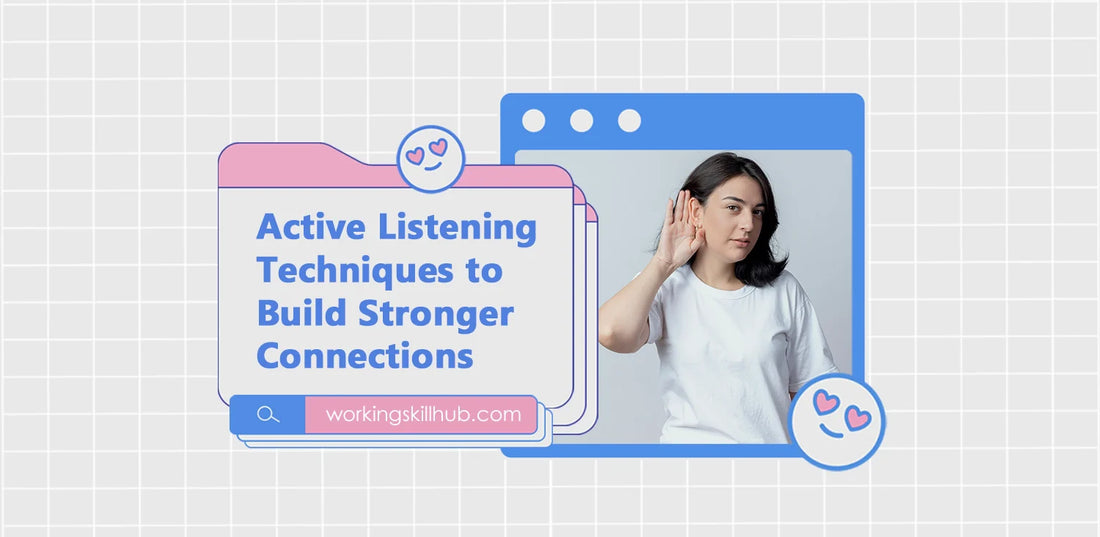The secret is simple: be genuinely interested in other people. Everyone wants to feel important. When you listen well, people feel seen, respected, and understood — and that creates quick, deep connection. Below are five practical techniques you can use today to become a better listener.
Part 1 — Listen with your body and eyes
1. Use “sticky eyes”
Imagine your gaze is gently glued to the speaker. Don’t dart away immediately when they stop talking—look slowly and deliberately before shifting your eyes.
Why it works: Calm, steady eye contact signals respect and presence.
Tip: Hold eye contact for 2–3 seconds at a time; break eye contact slowly and naturally.
2. Watch their silent clues (read the “signals”)
Pay attention to facial expressions, posture, and small gestures while they speak. Are they smiling and nodding? Great — they’re engaged. Are they frowning or looking away? They may be uncomfortable or bored.
Why it works: Nonverbal signals tell you how to respond and whether to change tone or topic.
Tip: If someone seems checked-out, gently shift the subject or ask a caring question.
3. Match their mood (emotional mirroring)
Before diving in, notice the person’s tone and energy. If they’re quiet or upset, slow down and soften your voice. If they’re excited, let your enthusiasm rise a little.
Why it works: Matching mood briefly helps the other person feel understood and safe.
Tip: Mirror voice volume and pace for one or two sentences, then move the conversation forward.
Part 2 — Listen with great questions
4. Be an encourager — let them talk
Good listeners let others talk more than they talk themselves. Encourage the speaker with small verbal signals: “Yeah,” “Uh-huh,” “Interesting,” and with brief nods. These little cues replace the visual feedback they may miss.
Why it works: People open up when they feel encouraged and uninterrupted.
Tip: Resist the urge to interrupt. Use short backchannel responses so they know you’re following.
5. Ask deep questions, not just facts
Fact questions stop conversation. Deep questions invite stories, feelings, and values. They create meaningful exchange.
Swap these:
-
Instead of: “Where do you work?”
-
Try: “What’s the best part of your job?”
-
Instead of: “Did you like law school?”
-
Try: “Looking back, would you choose the same path? Why?”
Why it works: Deep questions encourage vulnerability, which builds trust quickly.
Tip: Use follow-up prompts: “Tell me more about that,” or “What was that like?”


